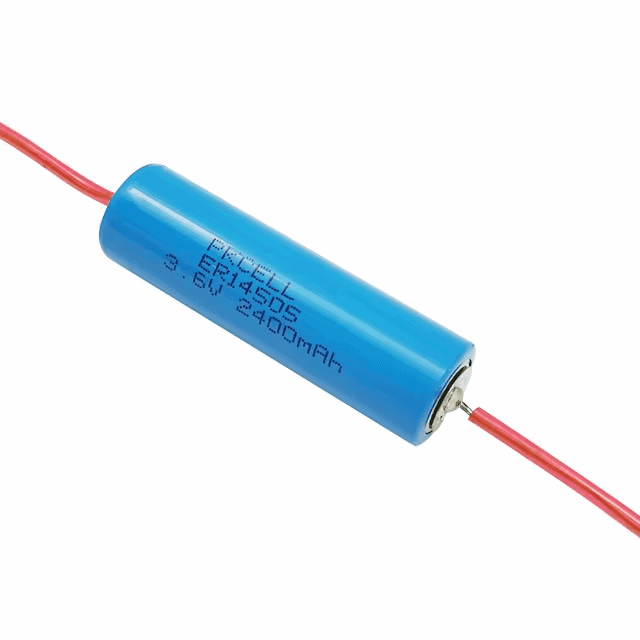Axial wires are thin, straight electrical conductors that are used in various electronic components, including batteries. They are typically used to make internal connections within the battery or to connect the battery to external circuits. Axial wires are named so because they run along the axis of the component they are part of, offering a streamlined and efficient design.
In the context of LiSOCl2 (Lithium Thionyl Chloride) batteries, axial wires play a crucial role. LiSOCl2 batteries are known for their high energy density and ability to operate over a wide range of temperatures, making them suitable for applications such as remote monitoring, military, and aerospace systems. The addition of axial wires to these batteries can serve several purposes:
Enhanced Reliability and Durability: Axial wires help ensure a secure and reliable electrical connection within the battery, which is crucial for maintaining the integrity and longevity of the battery, especially in harsh environments.
Improved Performance: By providing a direct and efficient pathway for electrical currents, axial wires can help minimize resistance and energy loss within the battery. This is particularly important for high-performance applications where every bit of energy efficiency matters.
Facilitated Manufacturing and Assembly: Including axial wires in the design of LiSOCl2 batteries can simplify the assembly process, allowing for more streamlined manufacturing and potentially lowering costs.
Customization and Flexibility: Axial wires can be customized in terms of length and configuration, providing flexibility in how batteries are designed and used. This is beneficial in complex systems where space and form factor are critical considerations.
Safety Features: In some designs, axial wires can also serve as a safety mechanism. For instance, they can be part of a circuit that disrupts the battery connection if certain parameters (like temperature or pressure) exceed safe thresholds, thereby protecting the device and user.
The incorporation of axial wires in LiSOCl2 batteries is not just a technical requirement but a strategic design choice that enhances the battery’s overall performance, reliability, and adaptability. This is particularly essential in high-stakes applications where failure of the battery could result in significant operational and safety issues. By understanding the role and benefits of axial wires, users and manufacturers can better appreciate the advanced engineering behind these powerful energy sources.
Post time: May-17-2024





